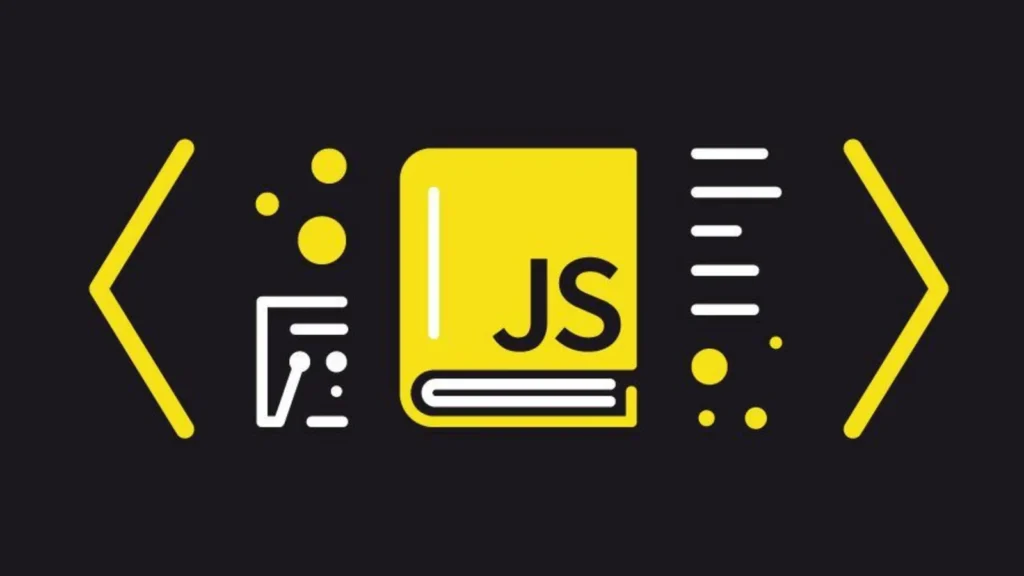JavaScript is a cornerstone of modern web development, driving both front-end and back-end processes. It empowers developers to create interactive, dynamic websites with features like animations, responsive layouts, and seamless user experiences. Whether you’re enhancing the visual appeal or building robust server-side applications, JavaScript is essential. Its versatility and widespread browser support make it an indispensable tool for developers aiming to deliver engaging, high-performance web applications.
What is JavaScript for Web Development?
JavaScript is a high-level, interpreted programming language introduced in 1995 that has become essential for web development. As a powerful engine for creating interactive website features, JavaScript significantly enhances the functionality of websites by enabling dynamic elements such as animations, maps, and graphics. This lightweight, object-oriented language is widely used across modern websites and is cross-platform compatible, and is supported by all major web browsers.
JavaScript for web development is versatile, being applicable to both front-end and back-end development, which facilitates smooth communication between the client and server. One of its key strengths lies in its ability to manipulate the DOM (Document Object Model), allowing for dynamic and responsive web experiences that engage users.
Different Types of JavaScript for Web Development
Web development typically encompasses three main areas: front-end, back-end, and full-stack development, each benefiting from the use of JavaScript.
- Front-End Development: JavaScript is the backbone of front-end development, working with HTML and CSS to create the visual and interactive aspects of a website. JavaScript is used to manipulate the DOM, handle user events, and manage the application state. Frameworks like React, Angular, and Vue.js, built on JavaScript, simplify development by offering reusable components and powerful features.
- Back-End Development: Traditionally dominated by languages like Java and Python, back-end development has expanded to include JavaScript with the advent of Node.js. Node.js enables JavaScript for web development on the server side, creating scalable, event-driven server-side applications. This unification of front-end and back-end development under a single language streamlines the development process.
- Full-Stack Development: Full-stack development involves building both the front-end and back-end of web applications. JavaScript for web development is particularly advantageous here, as it allows developers to create seamless integrations between client-side and server-side components. Full-stack JavaScript frameworks like Meteor and the MEAN stack (MongoDB, Express.js, Angular, Node.js) provide comprehensive solutions for building robust web applications.
Top JavaScript Frameworks for Web Development
JavaScript frameworks have revolutionized web development by providing developers with pre-built components and tools that simplify and accelerate the development process:
- React: Developed by Facebook, React is a component-based library for building user interfaces. It allows developers to create reusable UI components and efficiently update the UI with its virtual DOM, enhancing performance in large applications.
- Angular: A comprehensive framework developed by Google, Angular is used for building dynamic single-page applications (SPAs). It features a component-based architecture, two-way data binding, and dependency injection, which facilitate the development of complex web applications.
- Vue.js: A progressive framework that emphasizes simplicity and flexibility, Vue.js is suitable for projects of all sizes. It offers a reactive data binding system and a component-based architecture similar to React, but with a gentler learning curve.
- Node.js: While not just a framework, Node.js is a runtime environment that enables JavaScript to be executed on the server side. It is ideal for building scalable, real-time applications and is commonly used in conjunction with frameworks like Express.js.
Best Practices for Using JavaScript in Web Development
To maximize the effectiveness of JavaScript for web development, developers should adhere to best practices that enhance code quality, maintainability, and performance:
- Modularization: Break down JavaScript code into modules using ES6 modules or CommonJS to promote reusability and maintainability.
- Asynchronous Programming: Use Promises, async/await, and event-driven programming to efficiently handle asynchronous operations, ensuring a smooth user experience.
- Minification and Bundling: Minify JavaScript files and bundle them to reduce file size and improve loading times.
- Testing: Implement automated testing with frameworks like Jest or Mocha to catch bugs early and maintain code quality.
- Code Quality Tools: Use linters like ESLint to enforce coding standards and detect potential issues in your JavaScript code.
- Security Considerations: Implement input validation, sanitize user inputs, and use HTTPS to secure JavaScript-based applications.
By following these best practices, developers can effectively utilize JavaScript for web development, creating high-performance, secure, and maintainable web applications that meet the demands of modern users.

